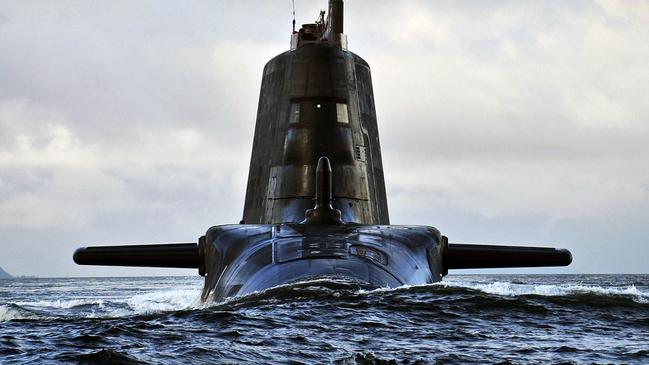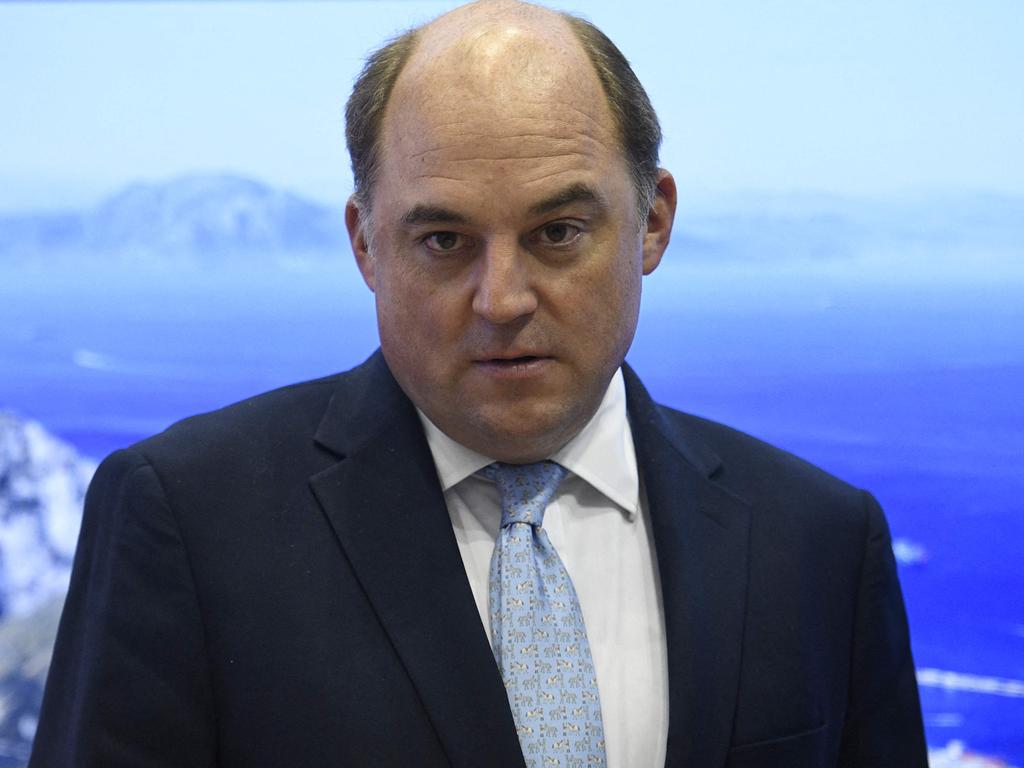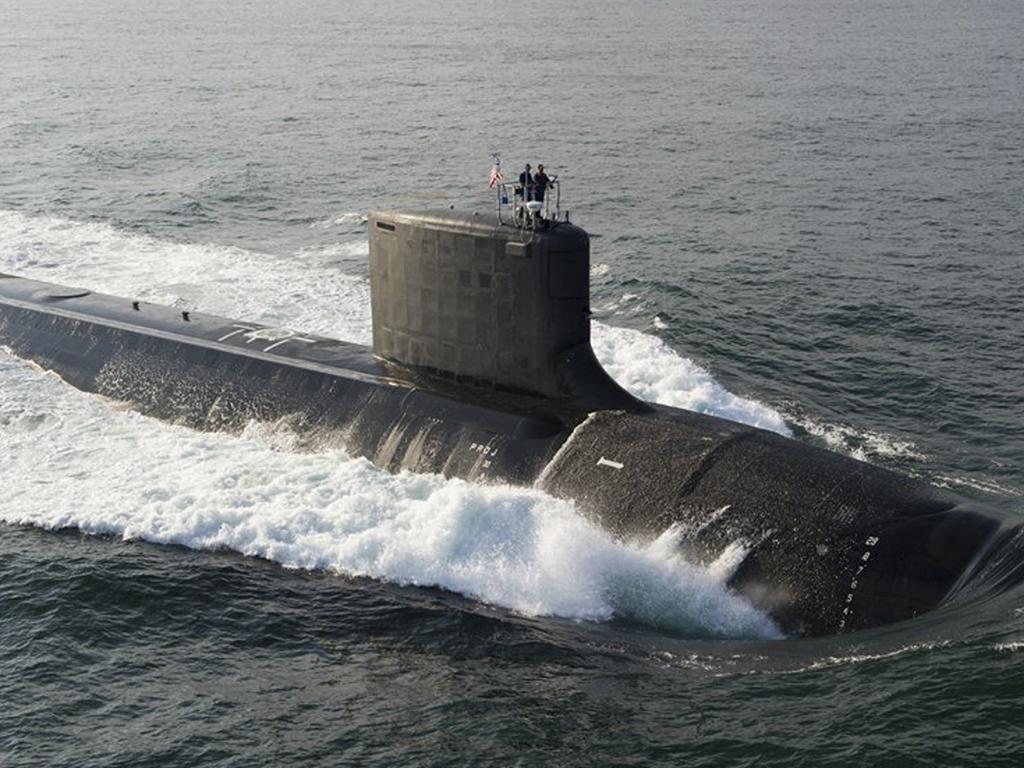US ‘won’t share nuclear subs’: expert
Australia is far more likely to buy a version of Britain’s Astute submarine than the US Virginia-class, a US expert says.

Australia is far more likely to buy a version of Britain’s Astute submarine than the US Virginia-class under the AUKUS defence partnership, a top US expert on nuclear subs says.
Former submariner and navy commander Bryan Clark, a senior fellow at Washington’s Hudson Institute, said his discussions with US Navy and defence industry figures suggested the Virginia-class design would not be made available to Australia.
“I don’t get a sense that the US is going to share the Virginia reactor plant with Australia,” he told The Australian. “I think it is pretty clear this is likely to be a British effort that the US supports through technology transfer.”
His comments come as the British Defence Secretary Ben Wallace said it was “inevitable” that Australia would turn to Five Eyes intelligence partners to deliver a nuclear-powered submarine and he was confident the boat would be British-made.
Mr Wallace, speaking at a think-tank side event at the Conservative Party conference in Manchester on Tuesday, hailed Australia’s decision to change to nuclear-powered submarines as “saying something about Australia’s ambition”. He said France shouldn’t have taken the Australian move personally because “it was perfectly logical that the partners to choose would come from within the Five Eyes”.
As the Morrison government embarks on an 18-month study to develop its nuclear submarine plan, Mr Clark said the smaller and more affordable British boat was a better option for the Royal Australian Navy.

“It is much more likely the Australians will end up buying a UK design like the Astute,” he said.
“It is a good fit for the Australian use case. The Virginia-class is bigger and more expensive – about $US1bn more than the Astute-class. From a cost perspective, the Astute makes better sense. The Astute is also more of a multi-mission submarine.
“It is designed for special operations, anti-ship and anti-submarine warfare, and it can launch missiles out of its torpedo tubes.”
Mr Clark, a former chief engineer at the US Navy’s nuclear power training unit, said the government’s pledge to construct the submarines in Adelaide also pointed to the British design, given the UK would complete production of its Astute-class boats in the late 2020s.
“I think that is part of the reason the UK was involved in the first place, because they had this capacity,” he said.
“By the time Australia is in a position to start building submarines in Australia, BAE, Babcock and Rolls-Royce – which build them in the UK – will be in a position to do that.”
The US was likely to provide the boats’ combat systems, weapons and key sensors, he said, while its approval would be needed to share the US-derived reactor technology used by the British.
Mr Clark said the prospect that Australia could obtain new or used boats from the US was a remote one. “The US submarine industrial base is going full tilt towards building Virginia-class and the Columbia-class (ballistic missile submarines),” he said.
“It is unlikely the congress and the navy will support some of that capacity being bled off to support the Australian effort.”

Mr Clark also hosed down speculation Australia could lease refuelled and refurbished Los Angeles-class submarines from the US, saying the US Navy needed those boats – and the refuelling capacity of its industry – for its own submarine force.
The United States Studies Centre’s director of foreign policy and defence, Ashley Townshend, strongly endorsed Mr Clark’s assessment. “AUKUS will provide a framework for the US to share nuclear propulsion technology with Australia, possibly via the British — something which it is not currently permitted under US law to do,” he said.
“AUKUS has never been a commitment, nor should it be interpreted as commitment, to provide Australia with an off-the-shelf US submarine.”
Mr Townshend said a US submarine was “not on the table”.
“It is unlikely the US would be willing to share the entire suite of technology that is on board a Virginia-class submarine.
“They don’t share that with anyone,” he said.
At September’s AUKUS announcement, UK Prime Minister Boris Johnson said the partnership would create “hundreds of highly skilled jobs” across Britain.
The Astute-class submarine is 97m long, displaces 7000 tonnes, has a submerged speed of up to 30 knots and requires a 98-strong crew. Virginia-class boats are 115m long, displace 7900 tonnes, have a submerged speed of more than 25 knots, and a crew of 134.
The government has appointed Vice-Admiral Jonathan Mead to head its nuclear-powered submarine taskforce, which will determine how eight nuclear-powered submarines can be built in Adelaide.








To join the conversation, please log in. Don't have an account? Register
Join the conversation, you are commenting as Logout